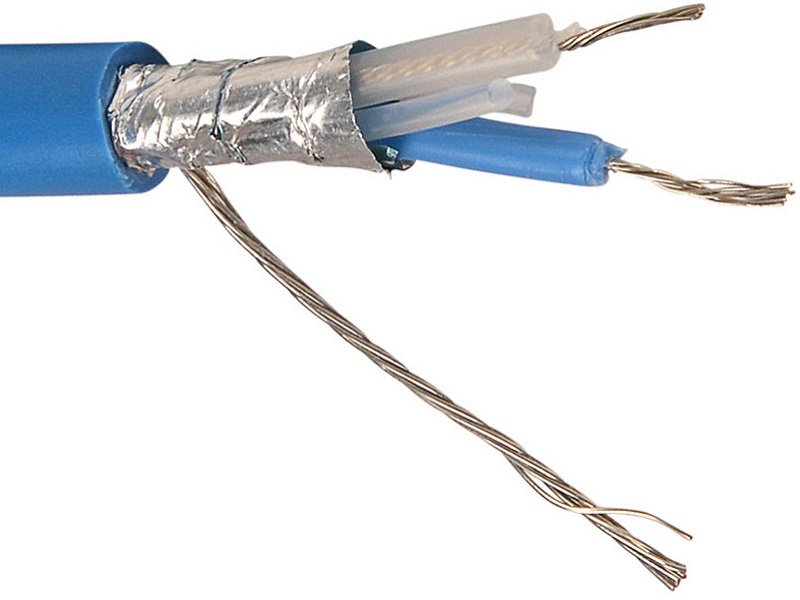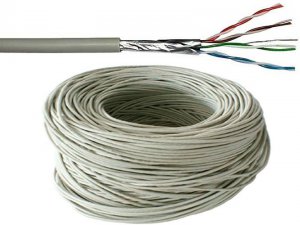
RS 485
RS485 is the most versatile communication standard in the standard series defined by the EIA, as it performs well on all four points. That is why RS485 is currently a widely used communication interface in data acquisition and control applications where multiple nodes communicate with each other.
Enquire NowRS-485 is used as the physical layer underlying many standard and proprietary automation protocols used to implement industrial control systems, including the most common versions of Modbus and Profibus.
RS485 is a more balanced technology that makes use of a two-wire transmission system. In effect this makes it the difference in voltage between the two wires among which the communication or data exchange is happening. For the same reason that it doesn’t depend on the voltage directed to the ground, it is more stable. This also makes it less sensitive to interference when compared to a single-ended transmission.

